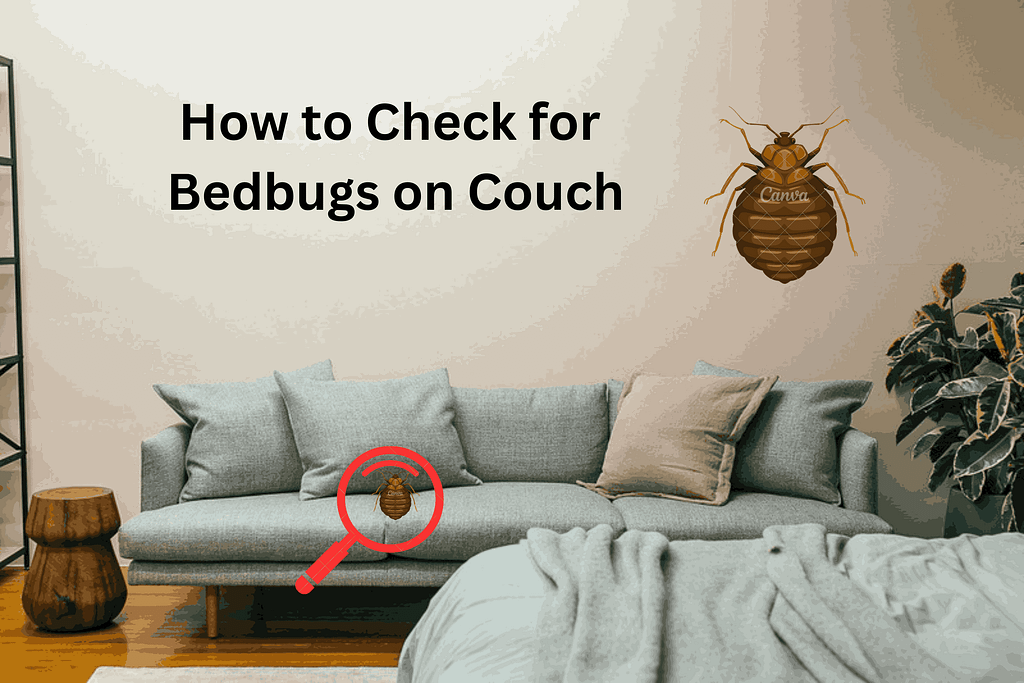Mold can emerge swiftly in our homes, often catching us off guard. But how fast does mold grow? Understanding the timeline of mold growth isn’t just informative; it’s essential for protecting our living spaces. Let’s uncover the secrets behind mold’s rapid expansion and why it matters.
Understanding Mold Growth
Mold, a form of fungus, is an essential component of nature, decomposing organic things such as leaves and wood. It degrades indoor air quality and may have adverse impacts on human health. Mold needs moisture, warmth, and organic matter to flourish. Aspergillus, Penicillium, and Stachybotrys are three common mold types, each with its own set of traits and health dangers. Understanding these environmental elements is critical for developing successful prevention and mold removal options.
Factors Affecting Mold Growth
Temperature
Temperature influences the rate at which mold grows. Most molds flourish in temperatures ranging from 60 to 80 degrees Fahrenheit (15 to 27 degrees Celsius), depending on the type of mold, with warmer temperatures boosting growth and colder temperatures slowing them down.
Moisture and Humidity
Moisture can come from sources, including a leak or flood, and high-humidity settings, often above 60%, all create a favorable environment for the development of indoor mold and mildew because fungi require water exposure to grow and spread.
Organic Materials
Organic materials like wood, paper, fabric, drywall, and carpeting provide ample conditions for mold to thrive when combined with warmth and moisture. Understanding the relationship between temperature, moisture, and organic matter is essential for effective mold management and prevention. Addressing these factors proactively can mitigate mold infestation risks and maintain a healthy indoor environment.
How Fast Does Mold Grow?
Talking about how fast mold grows, there is no set rate at which it grows. Mold typically appear and grow at various rates based on several elements, including temperature, humidity, food sources, the kind of surface it grows on, and even the specific species of mold. Understand that mold may not be evident to the unaided eye in the initial few days of its growth.
This is because mold usually start to grow as microscopic spores that are not visible to the naked eye. This means that even though you cannot see mold, it can still exist in the atmosphere and on surfaces. Yes, it is just as horrible as that. Within a few hours or the first 12 days of mold growth, they typically colonize and become visible to human eyes after 18 to 21 days. Mold will begin to grow and spread at various rate
The speed of mold growth is indeed concerning, mold will or can grow within 24 to 48 hours after water damage has occurred or under favorable conditions. How swiftly mold can grow depends on the amount of moisture and organic matter present. Within this short timeframe, mold can begin to grow and spread, rapidly colonizing surfaces throughout the environment. Recognizing this rapid pace underscores the importance of promptly addressing water damage and implementing preventive measures to mitigate mold exposure.
Common Growing Mold Events
Indoor mold growth is common in residential and commercial settings due to high moisture levels in bathrooms, basements, and kitchens. In commercial properties, improper maintenance of HVAC systems, ductwork, and air filters are all causes of mold growth in your home. Leaks from plumbing or roofing systems can result in moisture accumulation and ultimately cause damage to your wall or ceiling, while poor ventilation traps moisture indoors, promoting mold proliferation. Proper HVAC maintenance and repair can help prevent the risk of mold growth.
Preventing the Development of Mold
The following are some important tips that can help to stop mold from growing in your home:
Regular Inspection
Check your house frequently for any sign of mold growth and address it promptly. Discoloration and musty or earthy smell odors are usually the visible mold signs. Mold mostly grows in areas like bathrooms, kitchens, basements, crawl spaces, attics (particularly on insulation and wooden structures), laundry rooms, doors and windows, etc appearing as black, white, green, or gray patches or spots.
Control Moisture
You know that excess moisture is the main cause of mold growth, right? So controlling moisture is inerrably preventing mold from growing. Alright, so regularly clean surfaces in your home and dry them thoroughly to keep low humidity; you can also use dehumidifiers, fans, and ventilation to keep moisture levels low, preferably at 60%.
Utilize Mold-Resistant
Apply mold-resistant materials on walls and ceilings, showers, bathtubs, floors, windows/curtains, and doors when necessary, especially in the basement, bathroom, and kitchen. Mold-resistant like mold-resistant drywall, mold-resistant paint, mold-resistant caulk, and mold-resistant flooring can be helpful.
Promptly Fix Leaks
Fix any leaks in your windows, pipes, or roof as soon as you can. You may want to employ a Water damage restoration specialist for this.
Ensure Proper Ventilation
There needs to be adequate ventilation to keep the house fresh, so try to maintain decent air circulation; this can be done by keeping the windows open in certain places such as bedrooms, the basement, the laundry room, and the kitchen. It would be great if you would also install exhaust fans in those areas to decrease the moisture levels hence preventing mold growth.
Regular Maintenance
Cleaning the areas of your home that are susceptible to mold growth regularly is one of the best strategies for preventing mold from forming. Alright, so frequently remove specks of dirt or debris that mold uses as food, this will make it hard for mold to grow in those sections.
Mold Removal and Remediation
Professional Mold Remediation
In cases where mold growth is extensive, widespread, or in inaccessible areas, professional mold removal may become necessary.
The remediation process typically involves several steps, starting with mold assessment to determine the conditions conducive for mold to develop in your home. Containment measures are then implemented to prevent the spread of spores into the air. Finally, the mold is removed using appropriate techniques and equipment.
DIY Mold Remediation
While expert mold restoration is recommended for extensive or severe mold infestations, if the mold covers less than 10 square feet and is not present in HVAC systems or other sensitive areas, it may be safe to attempt DIY remediation to remove the mold.
Promptly addressing mold problems and seeking professional remediation when necessary is crucial to preventing health risks and property damage.
FAQs
Q: How long does it take for mold to become harmful?
A: Mold exposure can have varying health impacts based on the individual’s sensitivity, as well as the type and amount of mold present. However, chronic exposure to mold can cause respiratory troubles, allergic reactions, and other health problems.
Q: Does mold always grow after water damage?
A: The development of mold is not certain after water damage, but it is extremely likely if the damaged area is not adequately cleansed and ventilated. Mold spores are found everywhere, but they require moisture to grow.
Q: How can I identify mold when it is not visible?
A: Mold testing kits and professional examinations can discover mold even when it is not visible on the surface.
Conclusion
Mold development hinges on factors like temperature and humidity. Visible signs typically emerge within 18-21 days. Proactive measures such as humidity control and prompt leak repairs are crucial. Regular inspections aid in early detection, facilitating swift remediation. Understanding and addressing mold growth promptly safeguards both health and property.










